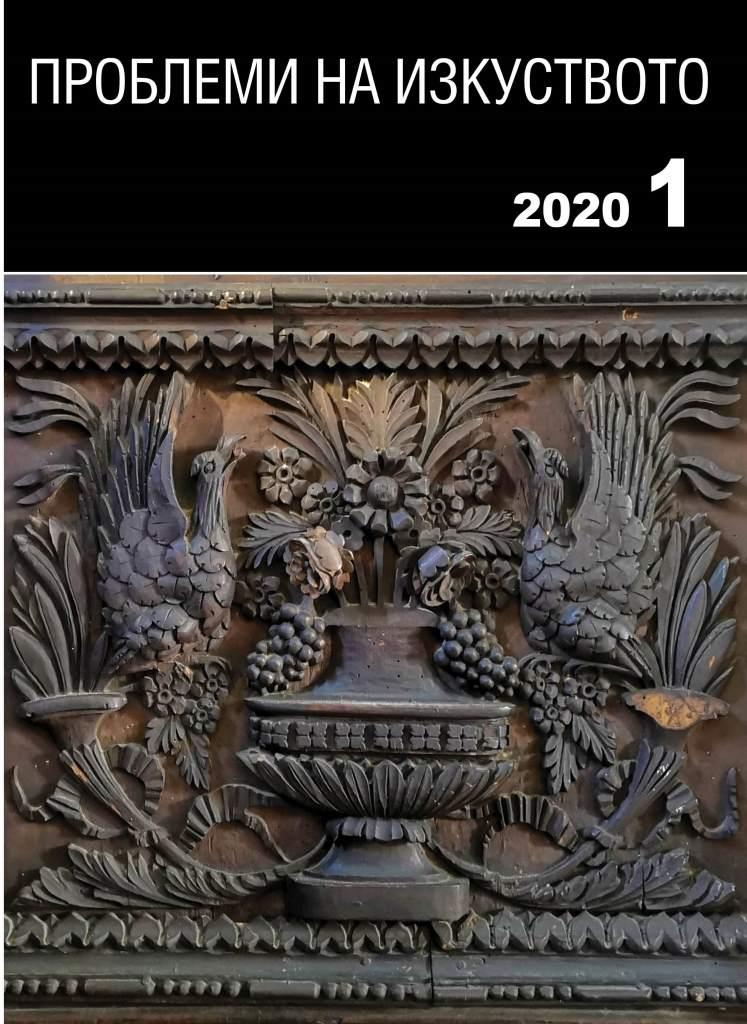Иконостасът в църквата „Успение Богородично” в Хасково и неговите паралели
The iconostasis at the Church of the Assumption, Haskovo, and its parallels
Author(s): Simeon TonchevSubject(s): History, Fine Arts / Performing Arts, Cultural history, Visual Arts, History of Art
Published by: Институт за изследване на изкуствата, Българска академия на науките
Summary/Abstract: The woodcarvings at the Church of the Assumption in Haskovo are unstudied. Judging by the payments entered in the kontakion kept at the church, it took a long time to complete its decoration. The ambo, the bishop’s throne and the proskynetaria were made by woodcarvers from Edirne before 1837. The iconostasis was carved in 1840 by Diamandis Teladour from Edirne and Stamatis Marangoz (The Woodcarver) from Madytos. The iconostasis and its parallels give an idea of the activities of a woodcarving workshop of the second half of the nineteenth century in Thrace. In 1835, Stamatis Teladour carved the altar screen at the Church of St Anastasius in Didymoteicho, and in 1861, the iconostasis at the Church of St George in Souphlion, bearing his signature. The style and the compositional similarities allow to attribute to him the iconostasis at the Church of Theotokos in Didymoteicho, made in collaboration with Diamandis Teladour; the iconostasis (1847) at the Church of Christ the Saviour in Didymoteicho, the templon at the Church of St Michael the Archangel in Haskovo. It also dates from 1861 and was wrongly attributed in the literature to Yane Spirov, who was a painter, according to recent studies. To this body of works belong also the altar screens at the catholicon of the Monastery of Kornofoleá and at the Church of St Anastasius (1908–1913).
Journal: Проблеми на изкуството
- Issue Year: 2020
- Issue No: 1
- Page Range: 51-60
- Page Count: 10
- Language: English, Bulgarian
- Content File-PDF

